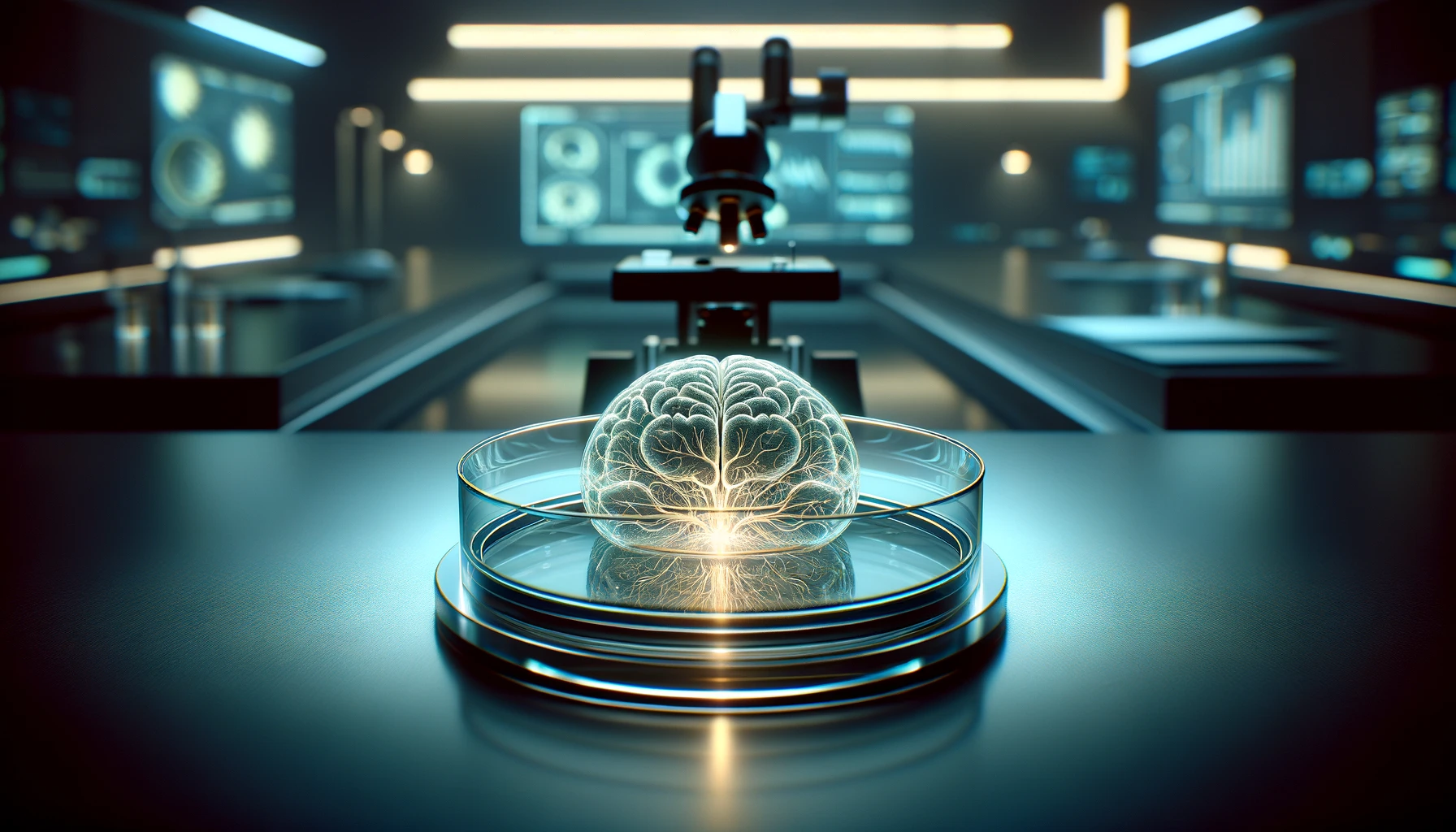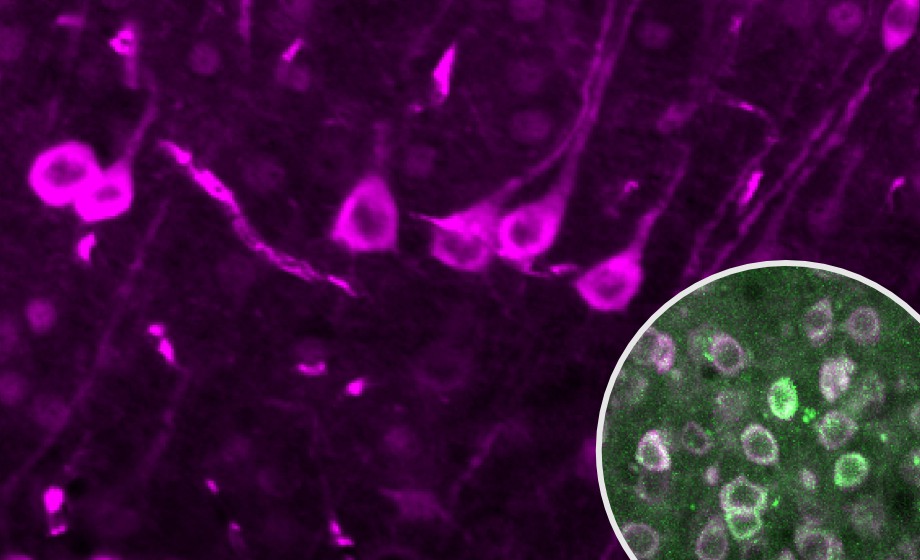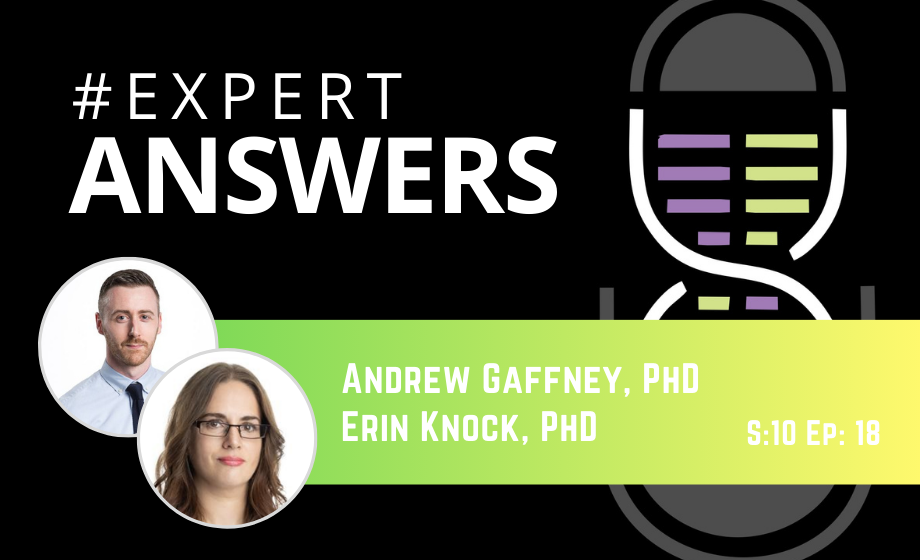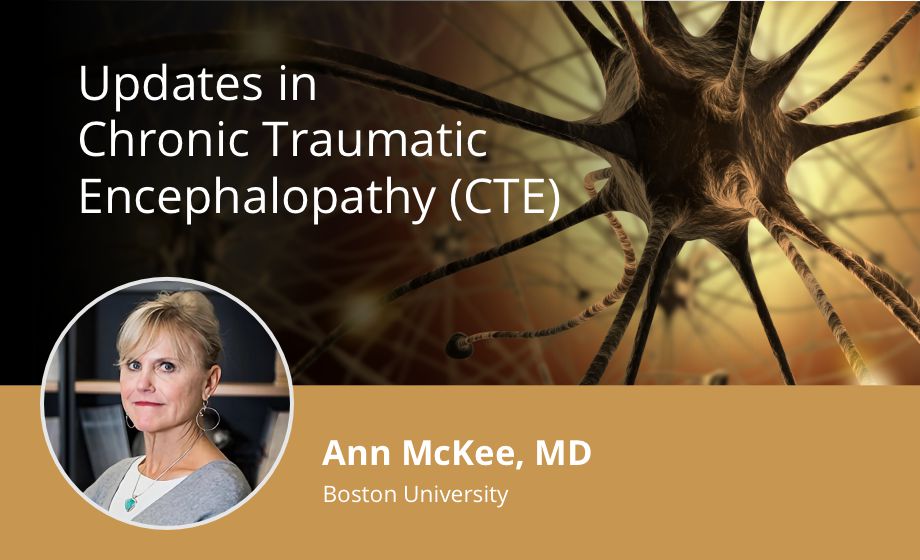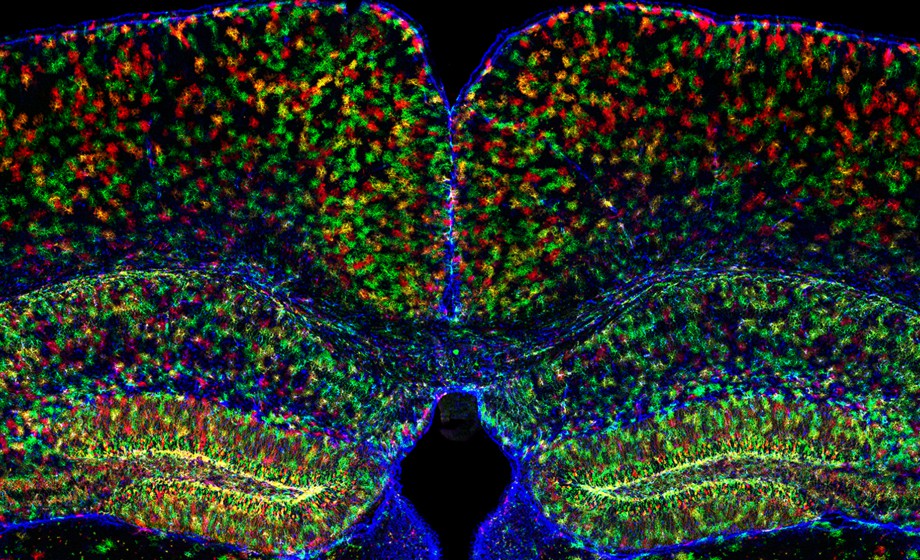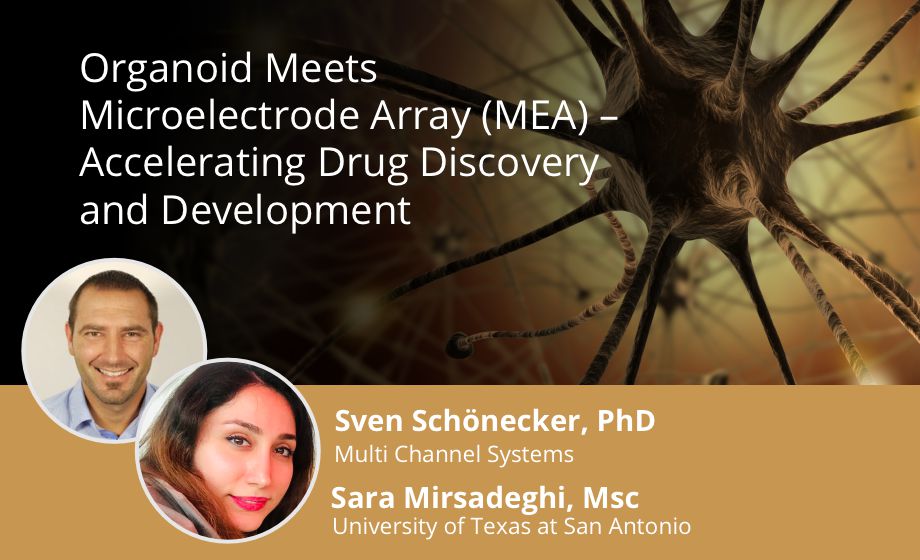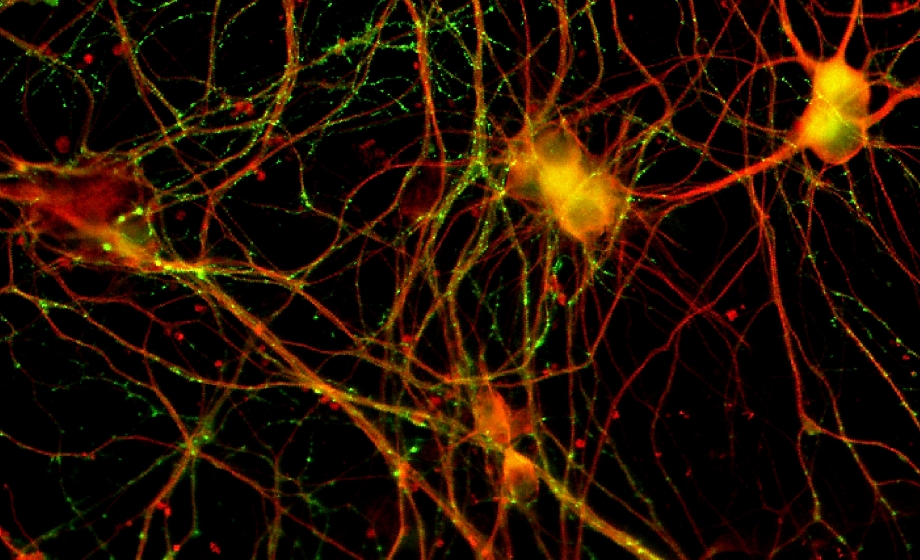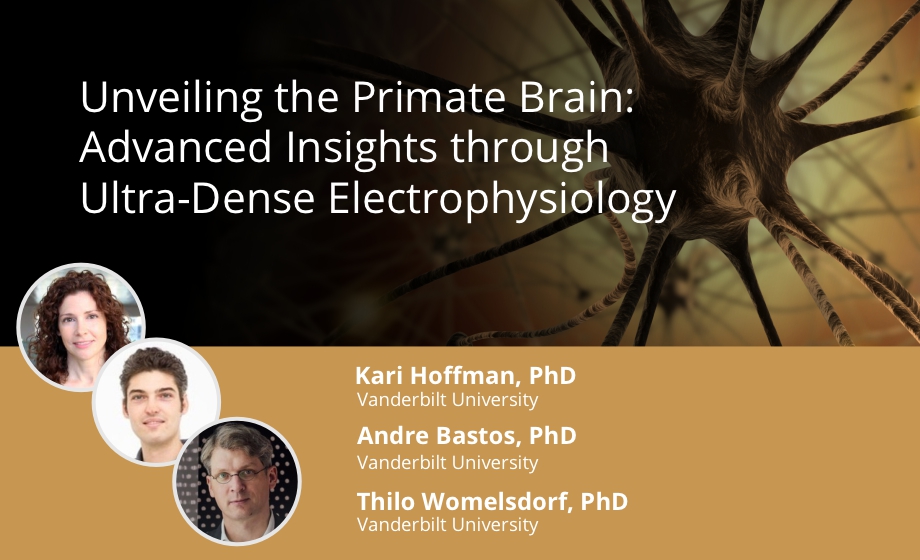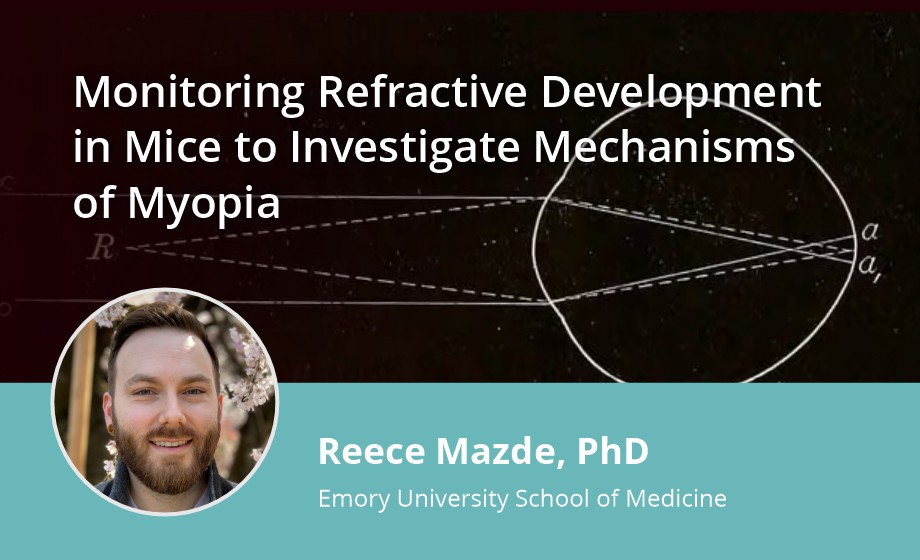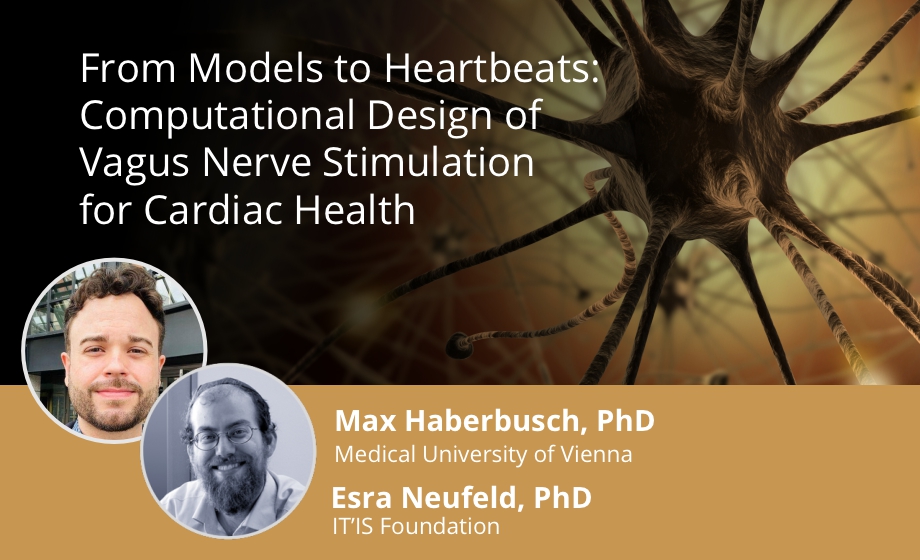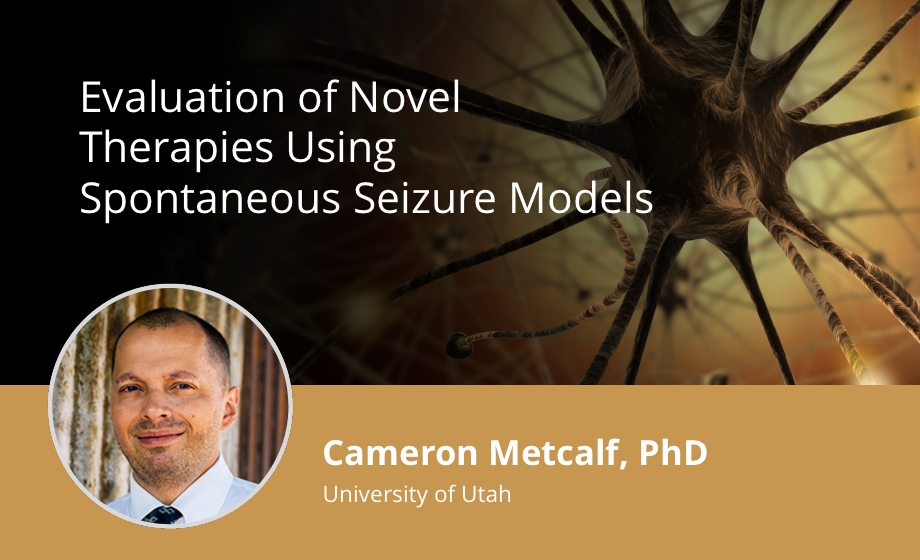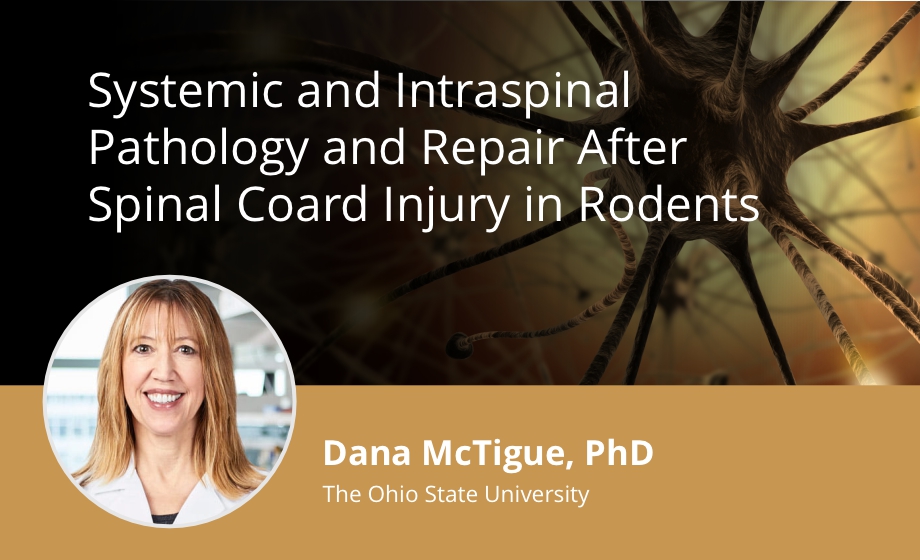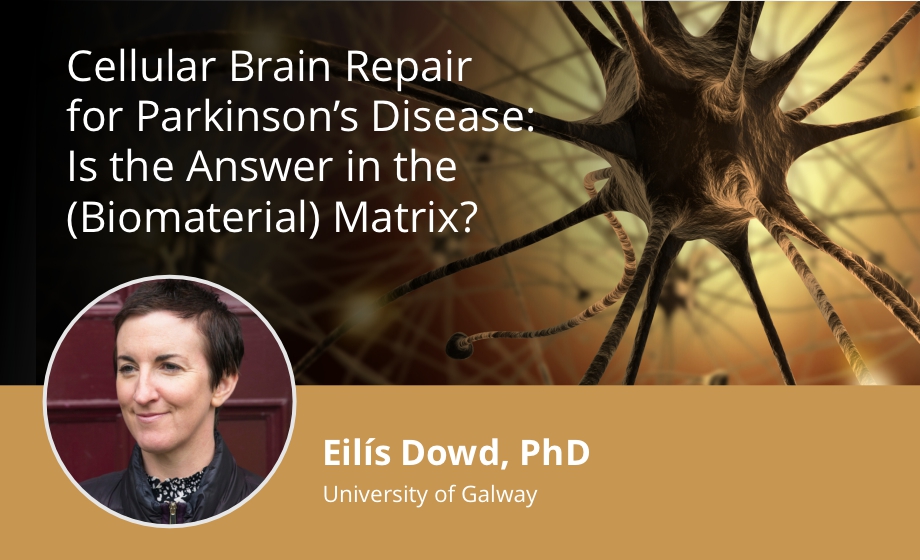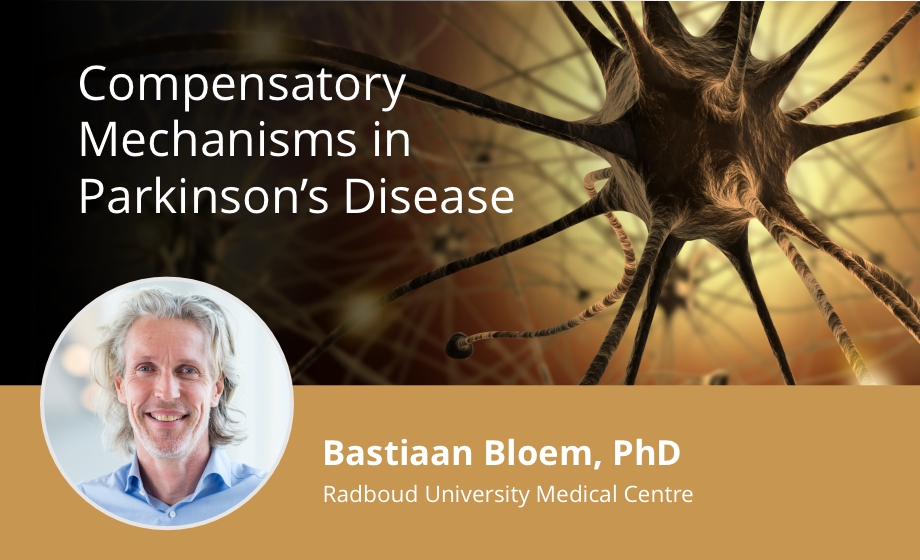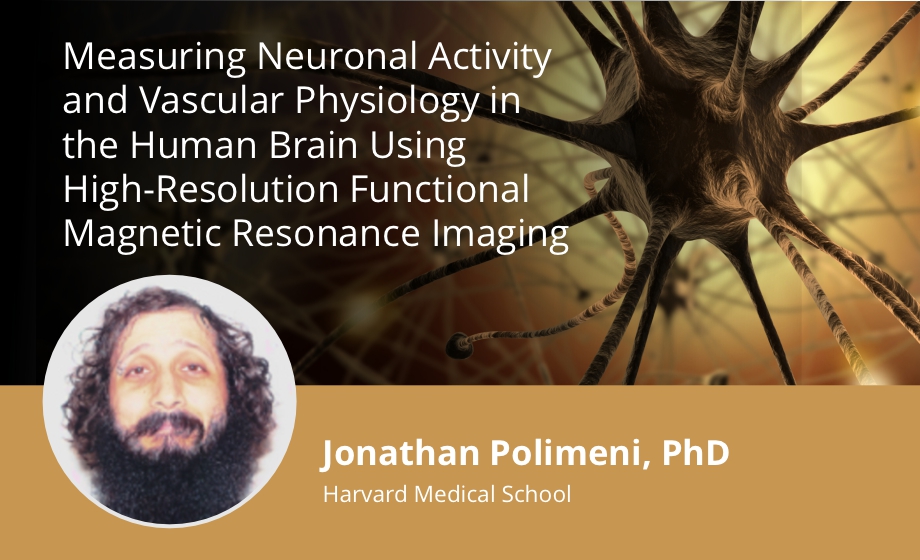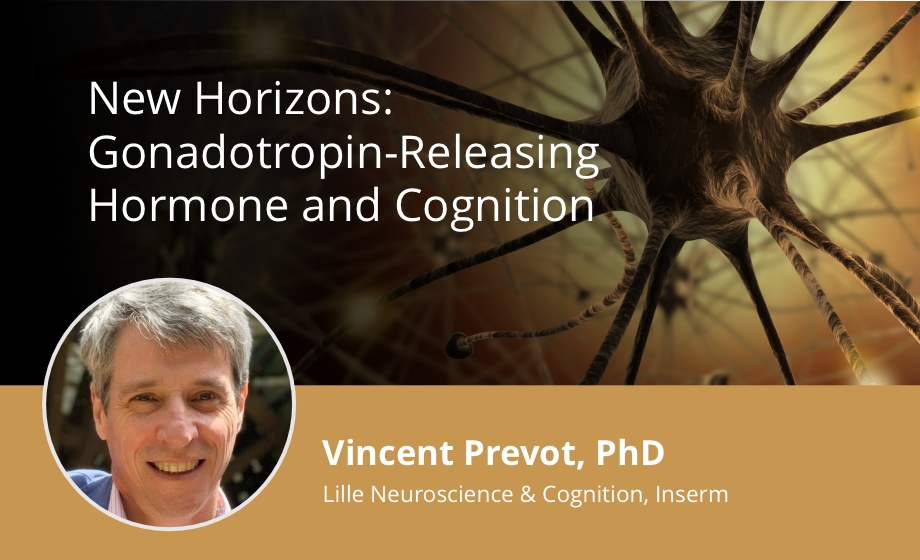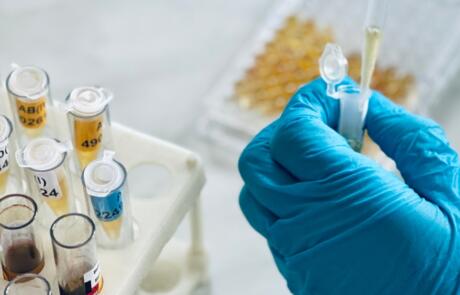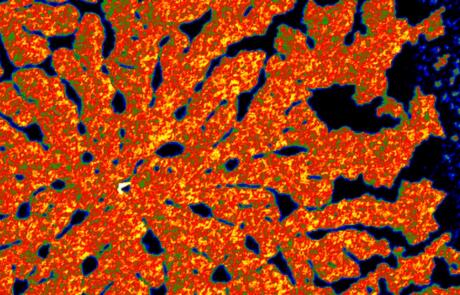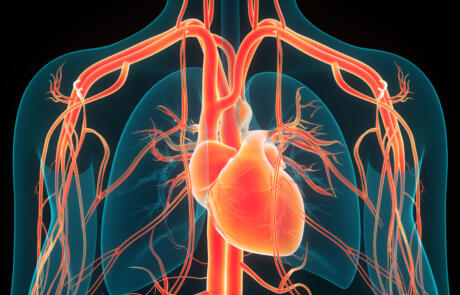New Horizons: Gonadotropin-Releasing Hormone and Cognition
Vincent Prevot answers questions from his recent webinar on the effects of gonadotropin-releasing hormone on cognition.
Spatiotemporal Dynamics of Calcium and Neurotransmitters in Awake Mouse Models of Epilepsy
Dr. Vincent Magloire and Dr. Ken Berglund answer questions from their webinar on the spatiotemporal dynamics of neurotransmitter and calcium imaging during seizure evolution in awake head-fixed mice and models of epilepsy.
A No-Brainer: Organoids for Neuroscience Research
Explore brain organoids: 3D models advancing our understanding of brain development and disorders, and shaping future treatments.
Spatiotemporal Dynamics of Calcium and Neurotransmitters in Awake Mouse Models of Epilepsy
In this webinar, Dr. Vincent Magloire and Dr. Ken Berglund present their work on the spatiotemporal dynamics of neurotransmitter and calcium imaging during seizure evolution in awake head-fixed mice and models of epilepsy.
Functional Ultrasound Neuroimaging: Principles, Applications, & Perspectives
Dr. Mickael Tanter presents his work on functional ultrasound neuroimaging, including an overview and translation to clinical applications.
Evaluation of Novel Therapies Using Spontaneous Seizure Models
Cameron Metcalf and Katrina Irey answer questions from a recent webinar on technical requirements and benefits of spontaneous seizure models and epilepsy therapy development.
#ExpertAnswers: Travis Hardcastle and Seth Hanson on Using CRISPR and iPSCs for Neuroscience Research
Travis Hardcastle and Seth Hanson answer questions from a webinar where they discuss innovative applications of CRISPR and iPSCs in disease modeling and drug discovery.
#ExpertAnswers: Andrew Gaffney and Erin Knock on Neural Progenitor Cell Differentiation
Experts from STEMCELL Technologies answer questions from a webinar presenting an iPSC line and its differentiation into neural cells.
Updates in Chronic Traumatic Encephalopathy (CTE)
Dr. Ann McKee will describe the emergence of chronic traumatic encephalopathy (CTE) as a distinct disease over the past 20 years.
Calcium Signaling in Neurons and Glia in the Mouse Brain During Exploratory Behavior
In this webinar, Alexey Semyanov, PhD, and Amit Agarwal, PhD, present their work on activity and calcium signaling in neurons, astrocytes, and oligodendrocyte precursor cells (OPCs) during exploratory locomotion behavior in awake and head-fixed mice.
Organoid Meets Microelectrode Array (MEA) – Accelerating Drug Discovery and Development
In this webinar, Dr. Sven Schönecker and Sara Mirsadeghi, MSc, will discuss 3D Mesh Microelectrode Arrays (MEA) including new developments and applications.
Advancing Disease Modeling for Drug Discovery by Modulating iPSCs with CRISPR and Neuronal Differentiation
Explore applications of CRISPR and iPSCs in disease modeling and drug discovery in our upcoming webinar with Synthego and BrainXell.
Unveiling the Primate Brain: Advanced Insights through Ultra-Dense Electrophysiology
In this webinar, Drs. Kari Hoffman, André Bastos, and Thilo Womelsdorf present their research on the neurophysiological basis of learning, cognition, and sensory processing, including attention and connectivity between brain regions in non-human primates.
Monitoring Refractive Development in Mice to Investigate Mechanisms of Myopia
Reece Mazade, PhD demonstrates the usefulness and feasibility of refractive error measurements in mice and discusses mechanisms of refractive development enabled through application of an automated Photorefractor.
Fully Characterized, Standardized Human Induced Pluripotent Stem Cell Line and Ready-to-Use, High-Quality Neural Progenitor Cells for Downstream Differentiation Applications
On June 29, 2023, STEMCELL Technologies' Dr. Andrew Gaffney and Dr. Erin Knock presented on how to streamline PSC-related workflows using highly characterized induced pluripotent stem cells (iPSCs) and neural progenitor cells (NPCs), and how to differentiate these cells into a variety of cell types downstream. In this Q&A report, you can read their answers to questions asked by the audience. Answers have been edited for length and/or clarity.
From Models to Heartbeats: Computational Design of Vagus Nerve Stimulation for Cardiac Health
This webinar explores closed-loop cardiac rhythm control restoration in heart-transplant patients from model development to in silico regulatory evidence for safety and efficacy trials.
Evaluation of Novel Therapies Using Spontaneous Seizure Models
In this webinar, Dr. Cameron Metcalf covers the technical requirements and benefits of spontaneous seizure models, addressing the challenges and optimization of 24/7 video-EEG data collection for epilepsy therapy development.
Symposium: Opportunities, Hopes, and Challenges in Translating Visual Restoration from Mouse to Human
Striatech celebrates its 5th anniversary with a top-class Symposium on the topic of translating visual restoration from mouse to human.
Systemic and Intraspinal Pathology and Repair After Spinal Cord Injury in Rodents
Join Dana McTigue for a deep dive into her work studying spinal cord injury in rodents and its resulting pathological features in lower organs.
Implantable Circuit-Specific Treatments for Autonomic Dysfunction
In this webinar, Dr. Aaron Phillips presents his research on the neural mechanisms of hemodynamic stability.
Cellular Brain Repair for Parkinson’s Disease: Is the Answer in the (Biomaterial) Matrix?
Hear Eilís Dowd, PhD highlight her lab's recent data demonstrating that dopaminergic cell replacement in the Parkinsonian rodent brain, using both fetal and induced stem cell-derived cells, is enhanced when the cells are transplanted in a neurotrophin-enriched collagen hydrogel.
Compensatory Mechanisms in Parkinson’s Disease
Bas Bloem, MD reviews compensatory mechanisms, including cerebral plasticity and behavioral adaptation, in persons with Parkinson's disease.
Measuring Neuronal Activity and Vascular Physiology in the Human Brain Using High-Resolution Functional Magnetic Resonance Imaging
Join Jonathan Polimeni, PhD for a deep dive into the physics and physiology of fMRI.
Impact of Sleep and Circadian Disruption on Human Health and Disease Risk
Join Josiane Broussard, PhD as she explains the links between sleep and circadian disruption and cardiovascular and metabolic health.
New Horizons: Gonadotropin-Releasing Hormone and Cognition
Join Vincent Prevot, PhD as he dives into the development and establishment of the gonadotropin-releasing hormone (GnRH) system and the importance of its first postnatal activation.
